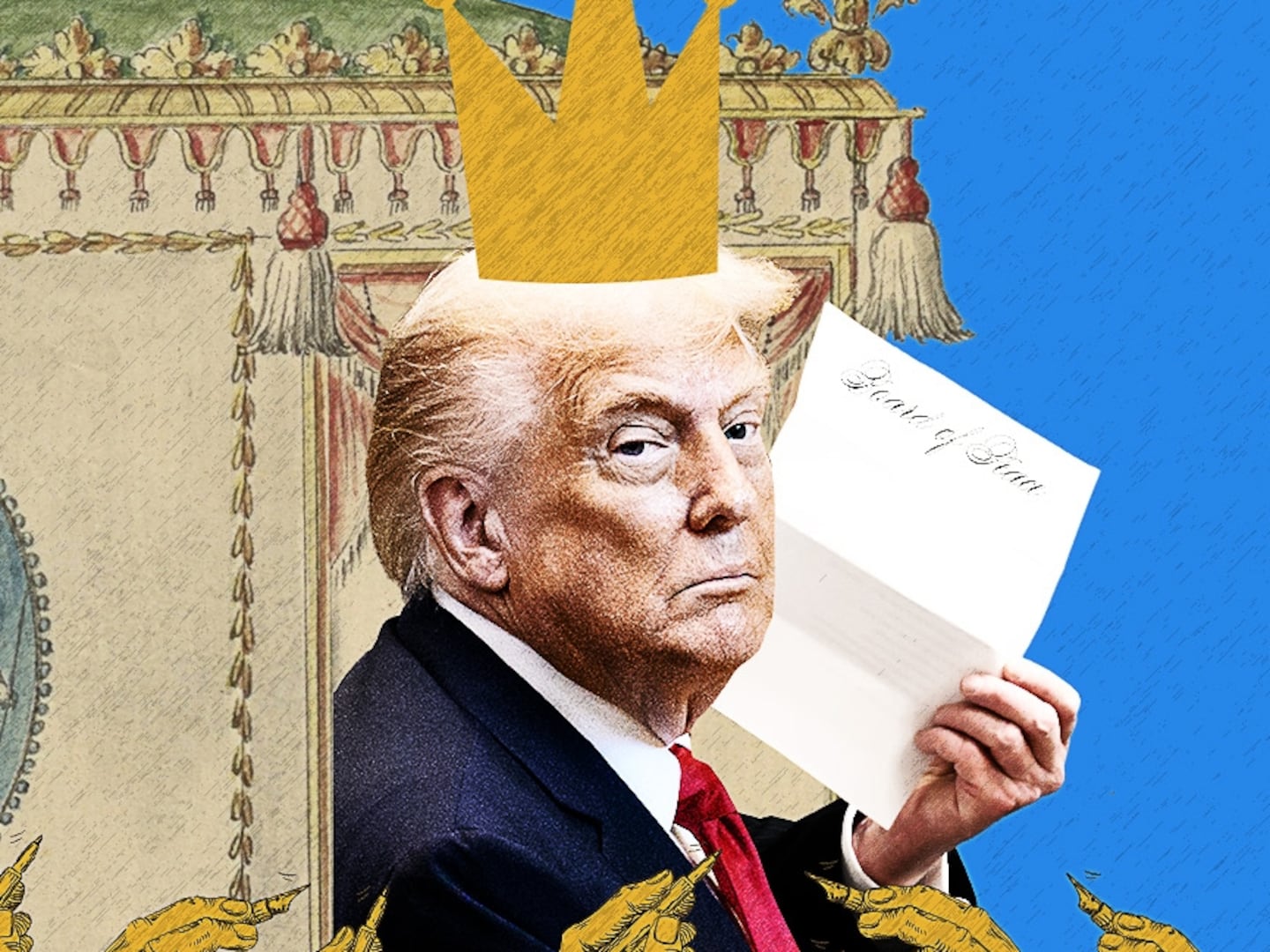Another racial barrier was overcome with the United States Treasury’s decision to replace Andrew Jackson with Harriet Tubman on the $20 bill and add Martin Luther King Jr. to the back of the $5 bill. While the announcement has been received with a great deal of excitement, it is not the first time in American history that African Americans have been featured on currency.
African Americans were depicted in a wide range of scenes on Confederate currency during the first year of the war. Their presence reveals how leaders of the new nation hoped to be viewed by foreign countries but, more importantly, these banknotes or Treasury notes highlight the importance that Confederate leaders placed on the preservation of slavery and white supremacy to their new nation. In early 1861 Vice President Alexander Stephens unapologetically argued that the preservation of slavery and white supremacy were the “cornerstones” of their nation. The inclusion of representations of slavery on Confederate currency suggest that, far from trying to conceal it, this new nation celebrated it as a mark of their “American Exceptionalism.”
Images of slaves on currency in the 1860s were not new. Individual Southern states included scenes of enslaved blacks on their currency beginning in the 1820s, which helped to fuel the expansion of the Cotton South and its place in a vibrant Atlantic economy that extended to European banks and manufacturing centers.
The first Confederate banknotes introduced images that became commonplace moving forward. Political icons such as presidents George Washington and Andrew Jackson attest to the Confederacy’s embrace of iconic national leaders and a need to secure its legitimacy. The inclusion of South Carolina Sen. John C. Calhoun reflects his role as the intellectual father and defender of the slaveholding South. These men were featured alongside popular symbols of liberty and freedom as well as symbols of the goddess of peace (Minerva) and the goddess of agriculture (Ceres). Vignettes of slaves round out numerous individual bills and point to what was distinct about Southern society. Their placement among these other representations provided reassurance that slavery was protected both by law and by tradition.

The $50 bill issued in Montgomery, Alabama, in March 1861, for example, features slaves hoeing cotton. Like other vignettes it is a peaceful pastoral scene that depicts slaves diligently working without any oversight and in full view of the plantation mansion. These scenes provided a stark contrast to how many white Southerners perceived their Northern neighbors, who had embraced a morality associated with industry and free labor. Issued a few months later, the $10 bill once again depicts slaves in the field, this time during the harvest season. Both bills introduce slaves that are well dressed and working without any threats of physical violence, which by the beginning of the war had defined many Northern accounts of the South’s “peculiar institution.”
A slave loading cotton bales onto a cart and a sailor leaning against an anchor on the $100 bill—also authorized in 1861—evokes the hopes of a peaceful end to the war. At the beginning of the war, Confederate officials prevented the sale of cotton to England in hopes that economic necessity would force it to push for a peaceful settlement. This never happened and within a short period of time the U.S. Navy bottled up Confederate shipping with a blockade, leaving stockpiles of cotton bales rotting on wharves.
For a nation now at war, scenes of working slaves provided reassurance that victory was possible. They depicted a unified nation with white men serving in the army and loyal slaves on the home front doing the necessary work to ensure a regular supply of food. Whatever fears the men harbored as they left home for the army, these images provided some reassurance that their loved ones were in safe hands with their slaves. Internal problems surfaced immediately, but Confederate currency provided some reassurance that the nation remained unified across both class and racial boundaries.
Images of slaves disappear from Confederate currency issued after 1862 in favor of a new nationalism that highlighted the nation’s leaders, martial symbols, and scenes of war. Bank notes featured Confederate leaders such as Davis and Stephens as well as the martyred “Stonewall” Jackson, the only general featured on Confederate currency. The disappearance of slaves from Confederate currency can be attributed to a growing belief among the poor that the wealthy slaveholding class was exploiting them to defend a system that they had been excluded from. This was reinforced in October 1862 when the Confederate government passed the Twenty Negro Law, which exempted one white man from the slaveholding class for every 20 slaves as a means to prevent violence on the home front.
In contrast, state banks continued to issue currency that included scenes of happy, loyal slaves working cotton fields and engaging in other agricultural tasks through to the end of the war. This represents a continuation of the antebellum emphasis on the virtues of the slave system and even continued for a time after the war ended. Lingering notes that circulated briefly during the postwar period served to remind ex-Confederates of their Lost Cause and the freedom of 4 million people.
It is fitting that Harriet Tubman will replace Andrew Jackson, who did much to encourage the spread of slavery westward. The stories of Tubman’s efforts to undercut slavery by leading the enslaved out of bondage can now be found in most history textbooks, but she also worked tirelessly during the war itself to defeat the Confederacy as a spy and as a battlefield nurse. Tubman’s efforts helped to ensure that a nation’s currency that celebrated the virtues of slavery remains worthless to this day. Her image on our own nation’s bills will go far in strengthening it.
Kevin M. Levin is a historian and educator based in Boston. He is the author of Remembering the Battle of the Crater: War as Murder (2012) and is at work on Searching For Black Confederate Soldiers: The Civil War’s Most Persistent Myth. You can find him online at Civil War Memory and Twitter @kevinlevin.






